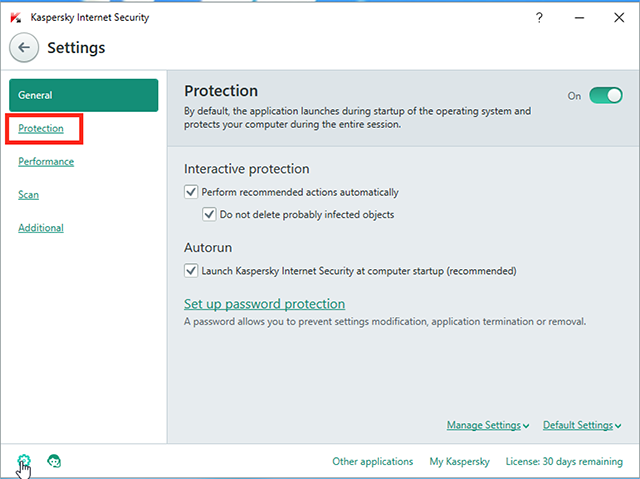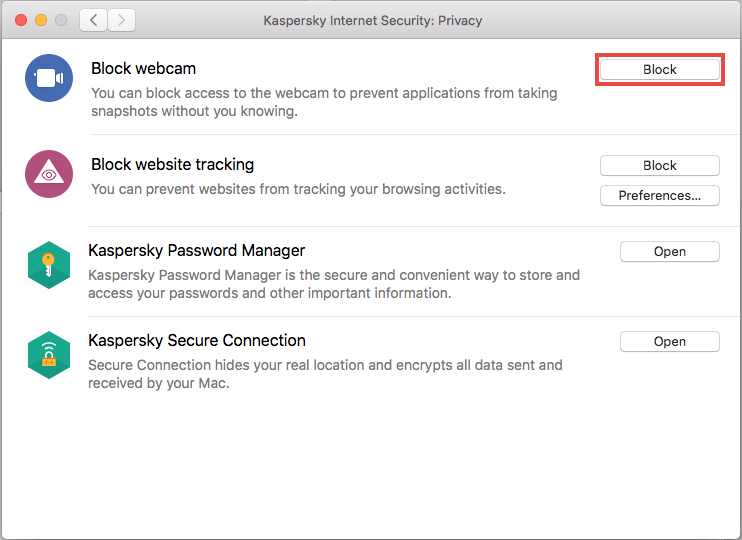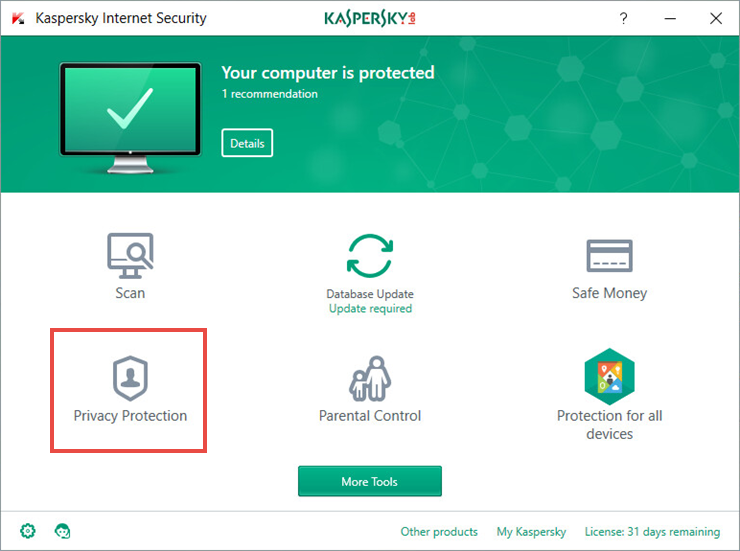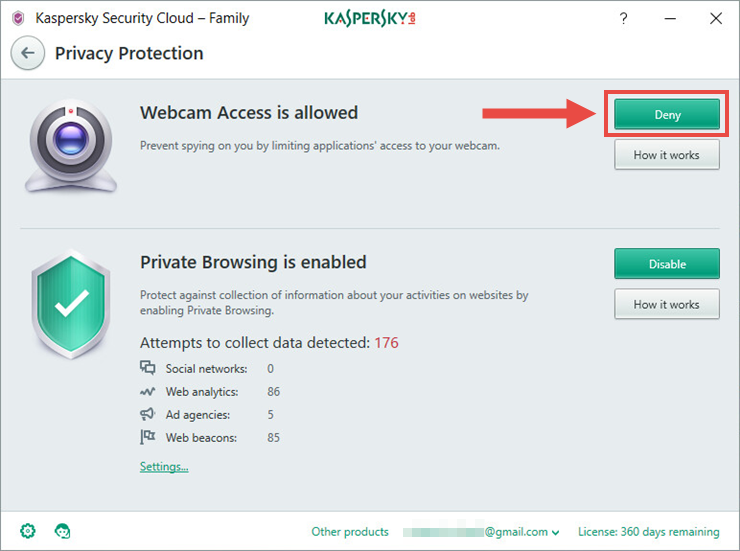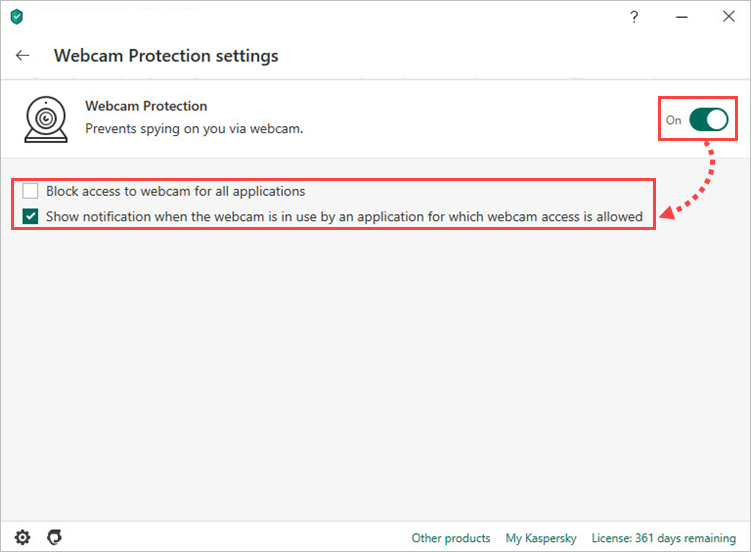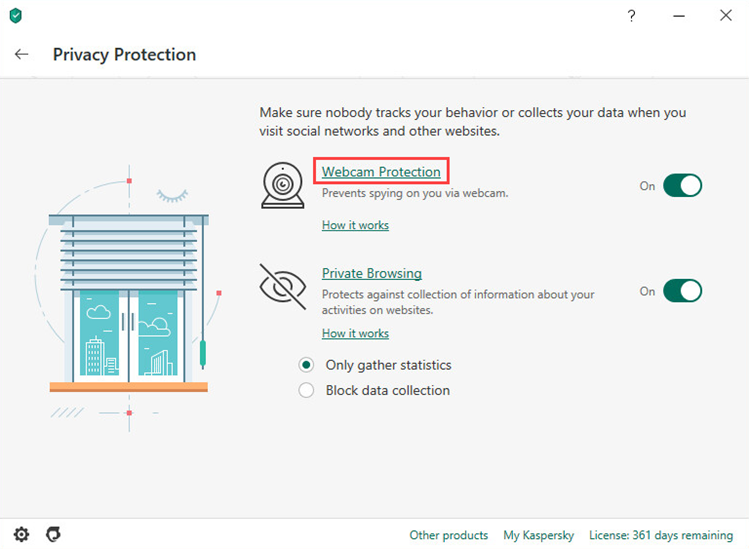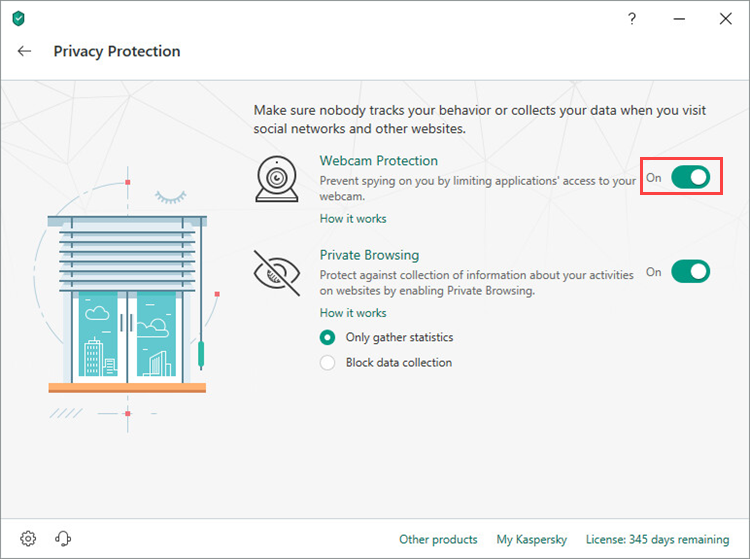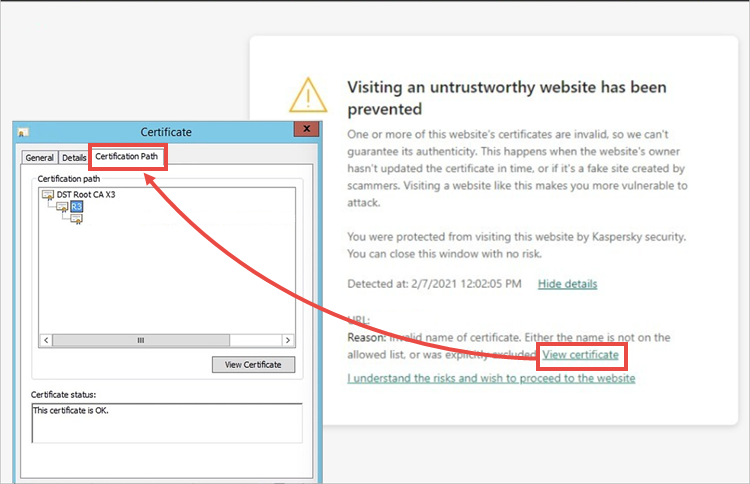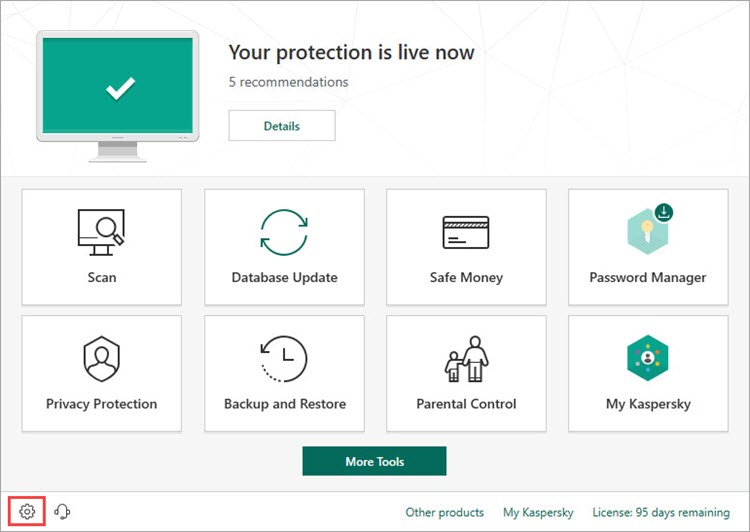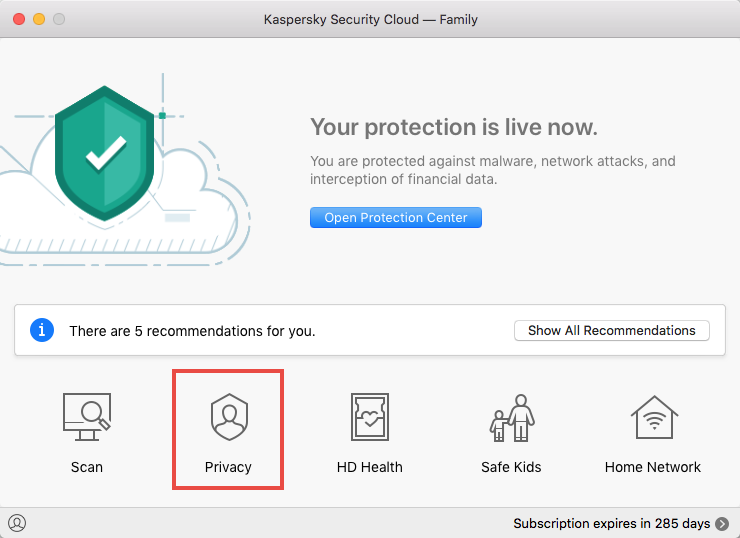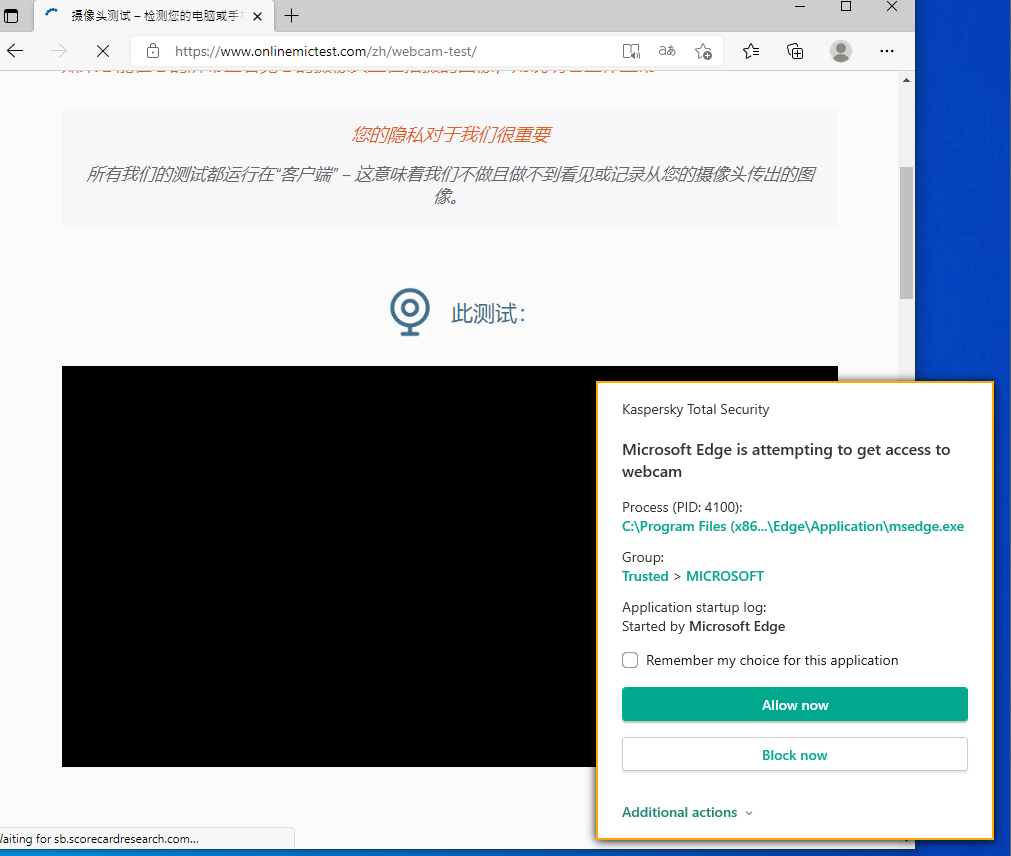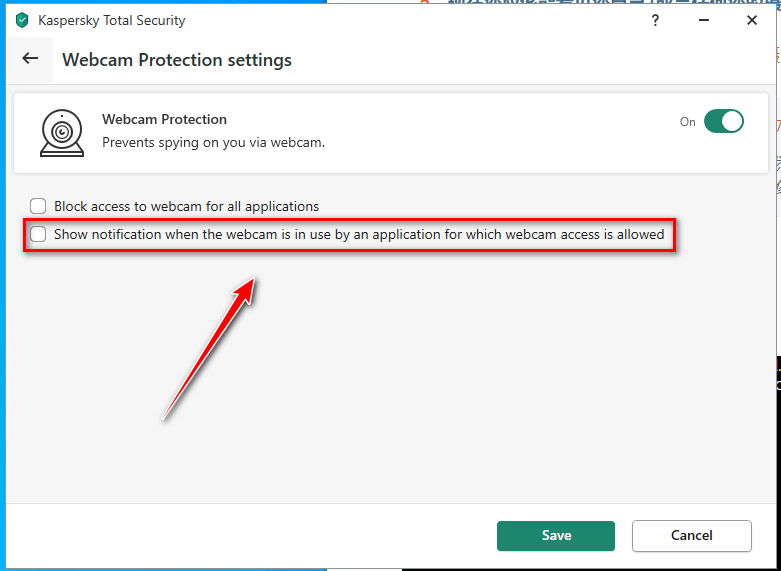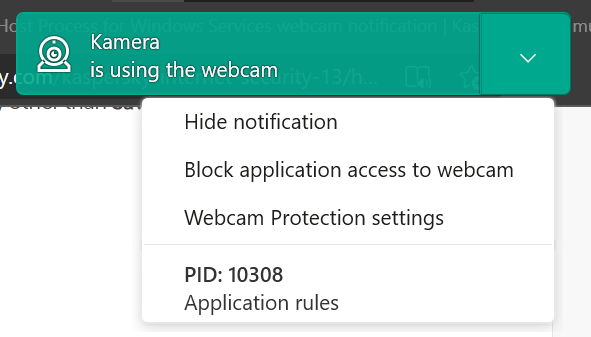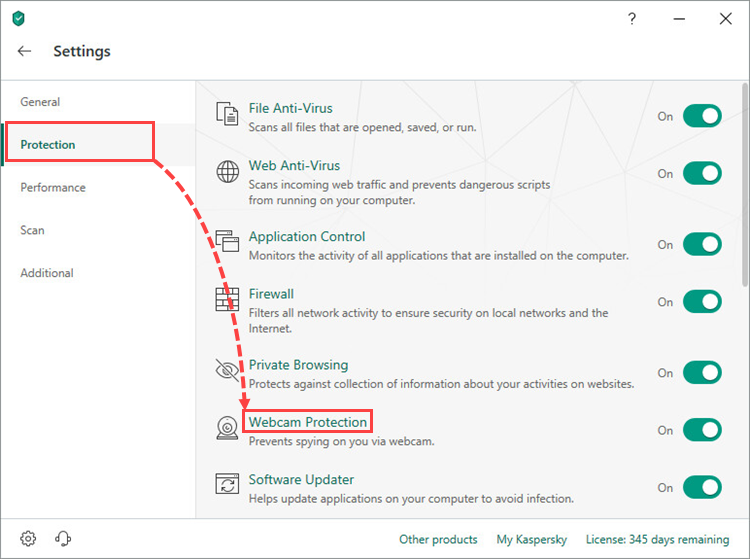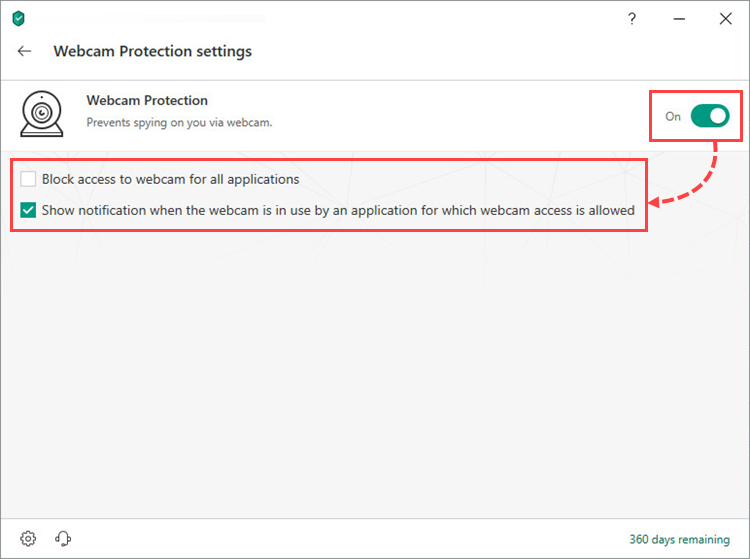Kaspersky Webcam Access Blocked Notification

A sudden surge of “Webcam Access Blocked” notifications from Kaspersky security software has left users worldwide questioning the privacy of their devices and the effectiveness of their antivirus protection. Reports flooding online forums and social media channels indicate a widespread issue, with users across different versions of Kaspersky experiencing the same disruptive alerts, even when no applications appear to be actively attempting to access their webcams.
The core issue centers around what users perceive as overly aggressive or erroneous detection by Kaspersky's webcam protection feature. The notifications disrupt workflow, raise concerns about unauthorized access, and prompt questions about the reliability of Kaspersky's software. While Kaspersky has acknowledged the issue, explanations remain vague, leaving users demanding clarity and a swift resolution to alleviate their anxieties.
Widespread Reports and User Frustration
The scale of the problem is significant. Online forums dedicated to Kaspersky products are filled with threads detailing the “Webcam Access Blocked” notifications. Users are reporting the issue across various operating systems, including Windows 10 and Windows 11, and on different Kaspersky product tiers.
“It's happening every few minutes, even when I have no programs open that would use the camera,” wrote one frustrated user on the official Kaspersky forum. “I’m worried something malicious is trying to access my webcam despite Kaspersky.”
Another user stated, "I've run full scans with Kaspersky and other anti-malware tools, but nothing is detected. This is creating a lot of unnecessary stress and makes me question the overall security of my system."
Kaspersky's Response and Explanation
Kaspersky has officially acknowledged the issue in a brief statement released on their support website. "We are aware of reports regarding false positive detections related to webcam access. Our specialists are investigating the cause and working on a solution," the statement reads.
The company attributed the problem to a database update that inadvertently triggered the erroneous detections. They assured users that no actual unauthorized webcam access had occurred, and that the notifications were the result of a misidentification of legitimate processes.
"The notifications you are seeing are not indicative of a real threat, but rather a misinterpretation of system activity," a Kaspersky spokesperson explained.
Technical Analysis and Potential Causes
Security experts suggest a few possible explanations for the false positive detections. One theory points to a possible conflict between Kaspersky's behavioral analysis engine and legitimate software accessing the webcam for legitimate purposes.
“Many applications now use webcams for features like facial recognition or background blurring during video calls,” explains Jameson Henley, a cybersecurity analyst at SecureData Insights. “Kaspersky's software might be misinterpreting these legitimate activities as potentially malicious, leading to the false alerts."
Another theory suggests a flaw in Kaspersky's signature database, where legitimate software processes are incorrectly flagged as potential threats. This could be due to an overly broad or inaccurate signature matching algorithm.
User Recommendations and Workarounds
While Kaspersky works on a permanent fix, users are exploring temporary workarounds to mitigate the disruptive notifications. Some users have reported success by temporarily disabling webcam protection in the Kaspersky settings.
However, security experts caution against disabling security features entirely. "Disabling webcam protection makes your system vulnerable to actual threats," warns Henley. "A more prudent approach is to review the Kaspersky logs and identify the specific process triggering the notification, and then create an exclusion rule for that process if you're certain it's legitimate."
Kaspersky recommends keeping the software updated, as the company is expected to release a patch with corrected detection rules soon. Users are also advised to report the false positives through the Kaspersky feedback channels to help the company refine its detection algorithms.
Looking Ahead: Maintaining User Trust
The incident highlights the challenges faced by cybersecurity companies in balancing security with usability. Overly aggressive detection can lead to false positives, which erode user trust and create unnecessary anxiety.
Moving forward, Kaspersky needs to provide clearer explanations about the root cause of the problem and offer more granular control over webcam protection. This will allow users to customize the protection settings to their specific needs and reduce the likelihood of false positives.
Ultimately, transparency and prompt communication are crucial for maintaining user confidence. Kaspersky's response to this incident will be a key factor in shaping public perception of its products and its commitment to user privacy. The speed and effectiveness of the forthcoming fix will be closely watched by users and industry observers alike.
